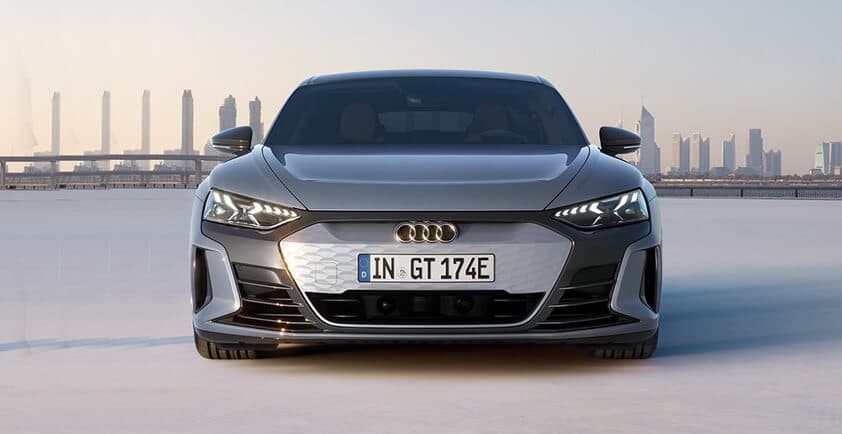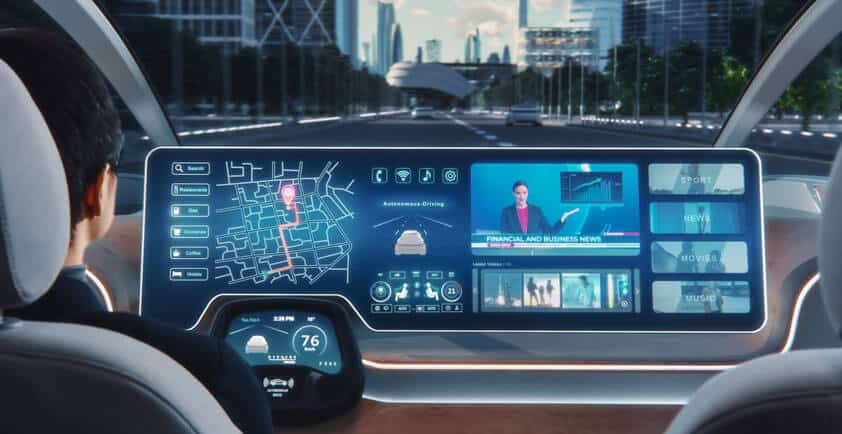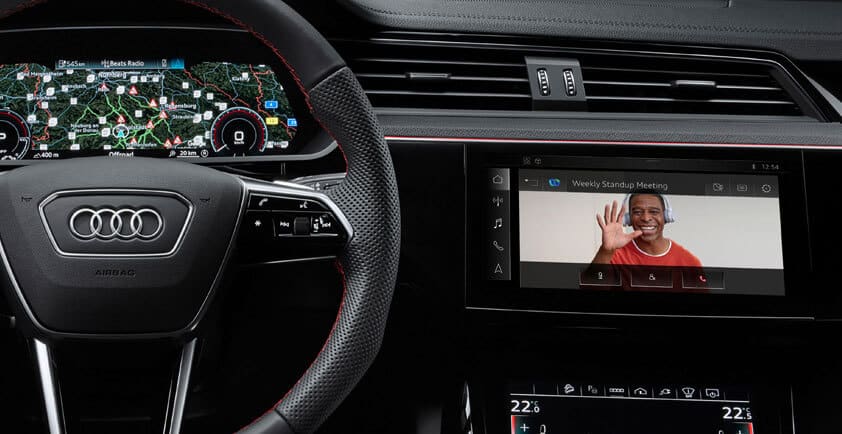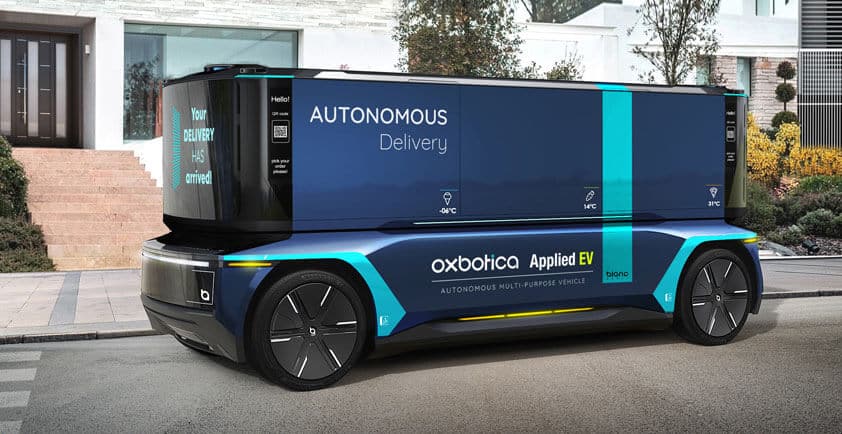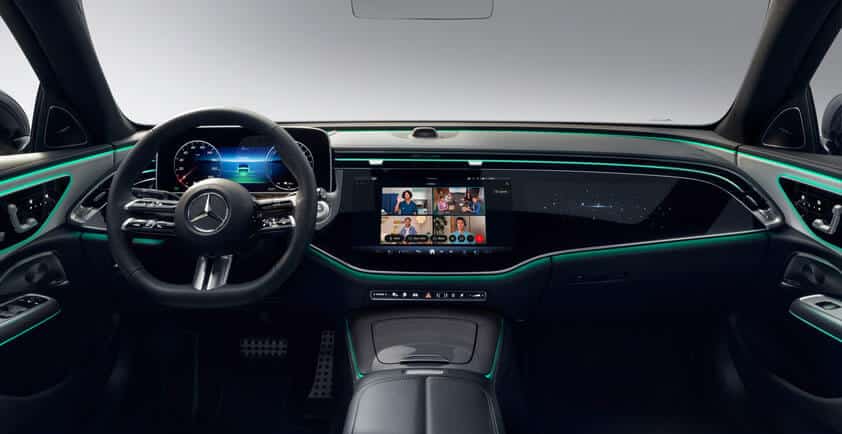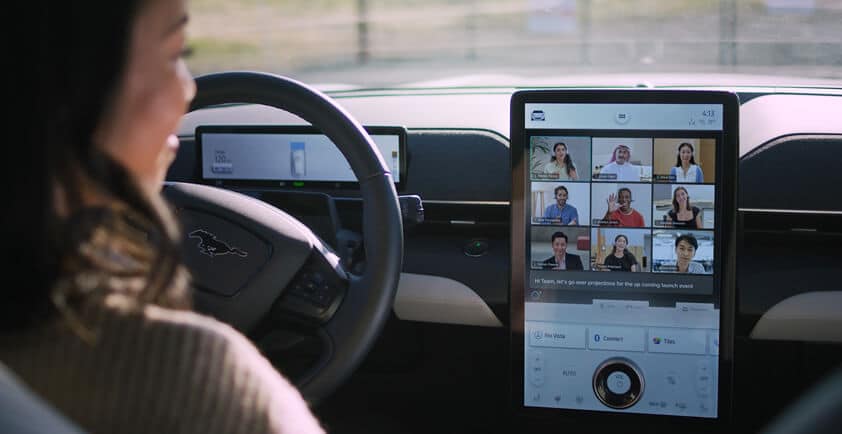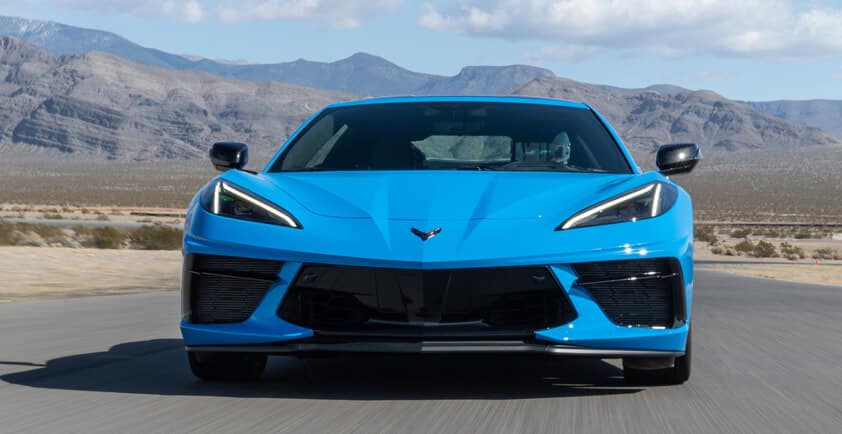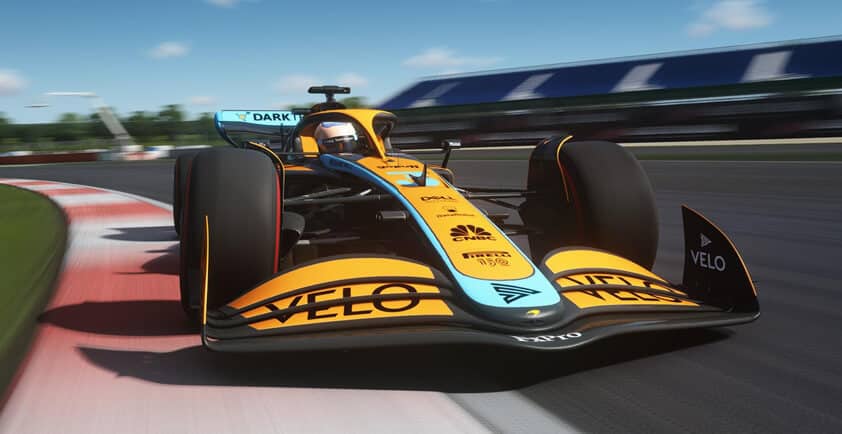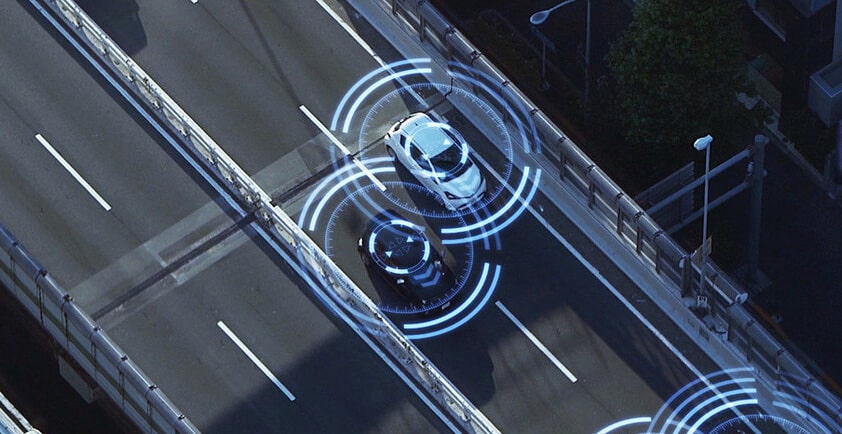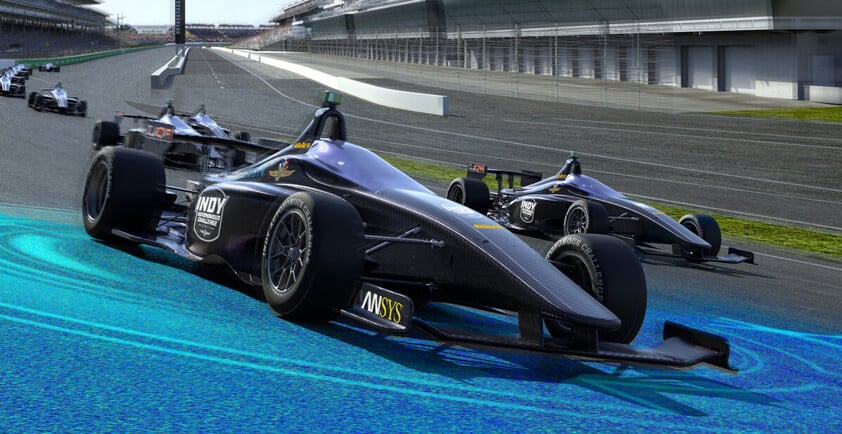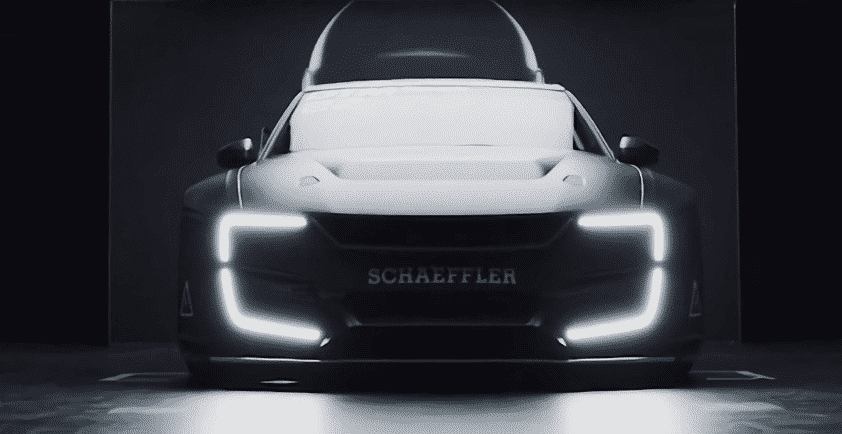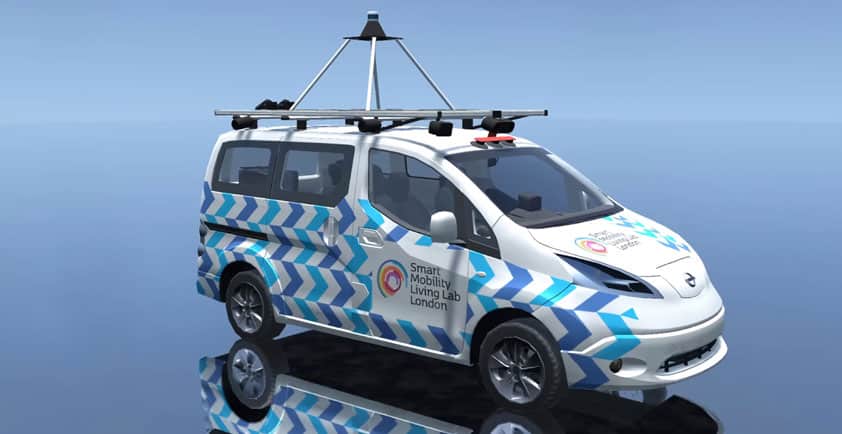
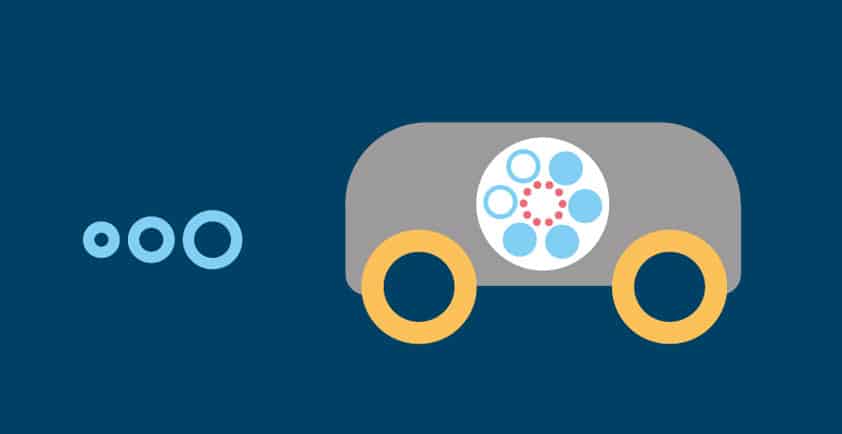
WHY WE NEED TO THINK DIFFERENTLY ABOUT ENERGY AND VEHICLES
It’s a strange time to be thinking about city mobility while the world is at a reduced level of activity.
However, poor air quality has blighted cities in the UK and beyond for years, and road traffic has been a significant contributor.
And solving this problem may take on greater importance when people resume their more "normal" level of activity: poor air quality can cause respiratory problems in citizens, which leads to more severe impacts from Covid-19.
Cities around the world, including London, have created low-emission zones and set target deadlines for banning combustion-engine vehicles from their roads. They’ve switched their fleets to electric and encouraged other road users to do the same.
Electric vehicles will be a key part of our future. However, they bring their own challenges. I spoke to an energy expert recently who told me that if all the thousands of buses across London went electric tomorrow, National Grid wouldn’t be able to cope with the demand.
This is something we need to address urgently, and with some creative thinking. If we electrify vehicles but then overload the Grid, we force dirty coal power stations into service and cause local networks to fail.
That’s why Cisco is the lead technology partner of E-Flex, a co-innovation project that aims to demonstrate the commercial potential of vehicle to grid technology (V2G) in energy markets.
With our partners at E-Flex we wanted to dig into the views of fleet managers, an important group of stakeholders who have a key role to play in helping organisations meet zero emissions targets.
We conducted interviews with 500 fleet managers across the UK to find out what they think about the move to electric vehicles (EVs) and the potential of vehicle-to-grid to fulfil demand.
I’m encouraged by the 79% of fleet managers who say that meeting emissions targets is a priority and the 86% who recognise the importance of reducing energy usage across the business.
It turns out that just over a quarter (27%) have introduced some EVs to their fleet, so right now it seems the progress doesn’t match the enthusiasm.
For in-depth findings, see our report ‘Moving Towards More Sustainable Fleet Management With Vehicle To Grid Systems‘
So what’s behind the disconnect? The research suggests the main barriers are initial purchase prices, concern over battery life and inadequate infrastructure.
Which is why we need to get serious about vehicle to grid technology.
Essentially V2G turns a vehicle into a self-contained energy source – you can put power in and take it out again. Have a look at the E-Flex video below for a full explanation.
For fleet managers, they’re not only worried about how they can introduce EVs to save the planet: 72% of them are also concerned about rising energy costs.
That’s where V2G offers a compelling alternative. Unlike most electric vehicles on the road today, which only offer uni-directional charging, with V2G you can have bi-directional charging. This means EV batteries can store power, and when unused, that energy can they can be sold back to the grid or used to power up buildings.
That’s the kind of thinking we love at Cisco. Taking a problem and applying new thinking to come up with the answer.
More than half of all fleet managers we spoke with agree that V2G could help with the transition to electric vehicles. And savings can also be used to offset the price of introducing EVs themselves.
Another interesting area from the research is around who’s responsible for the implementation of environmental and sustainable strategies. Most fleet managers – 78% to be precise – believe decisions should be made in collaboration with the wider business.
Unfortunately, it seems the responsibility too often fall with the fleet manager. In fact, 30% said that they were solely responsible. This presents a strong case for internal partnerships, as well as external ones.
Bringing vehicle to grid to a real-world setting
So how can we harness the potential of V2G to accelerate progress in the UK?
Well, fleet managers tell us there still needs to be more real-world evidence. The three biggest areas to get things moving quicker are reducing running costs (74%), business costs (72%) and new revenue streams (70%).
And that’s what we’re committed to with our partners at E-Flex. We already know that the problem is bigger than any single company, which is why we’re working together in the first place. But we’re also committed to demonstrating the capabilities of V2G to function commercially and identifying any problems that might hinder widespread adoption.
We’re delighted to be working with organisations including Plymouth City Council, Gnewt Cargo and Fruit 4 London on the trial, all of which face different business challenges but are interested to explore the potential of V2G. We believe the findings will help change the way businesses, tech providers, utilities companies and policymakers think about the relationship between vehicles and energy.
At Cisco, we feel that we have an important role to play in the connectivity and network security side of V2G. But we’re also as keen to learn from our partners and combine our collective imaginations and commitment to solving one of our biggest environmental challenges.
Author - Peter Shearman, Head of Co-Innovation, Europe CSIG
